6 ways America's national parks have dramatically shaped the history of science
Yellowstone National Park

Isle Royale National Park
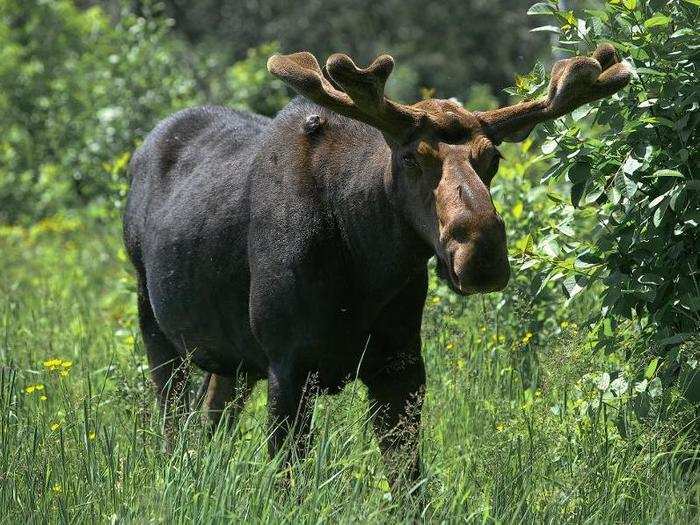
Isolated in the middle of Lake Superior, Isle Royale National Park is a rugged, small island, and it was also here that, in 1958, wildlife biologist Durward Allen began doing some some incredibly important research on the predator-prey relationship of wolves and moose. This project has continued ever since, with scientists returning every year to count the populations of these two animals, and today, this research project is the longest continuous study of any predator-prey system in the world.
“It’s really important field ecological data on real live populations out in the wild that has produced a data set that is just incomparable,” Watkins said. “[It] has informed and confirmed certain models of populations of predators and prey relationships in ecology that were derived from mathematical models or studies of bacteria or very small organisms in the lab … and a lot has been learnt from the predator-prey relationships, as well as the influence of disease and climate change.”
Durward Allen is largely considered a pioneer among ecologists for initiating the Isle Royale wolf-moose project and having the insight to understand the value of continuing to observe a site long after others would have moved on to study something different. “That work really became canonized and is in every introductory textbook on the market now,” Watkins added.
Tule Springs Fossil Beds National Monument
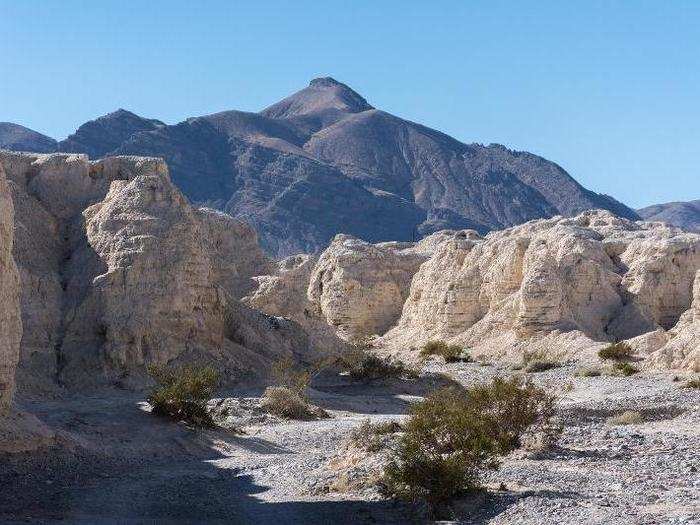
Located just north of Las Vegas, Nevada, Tule Springs Fossil Beds National Monument is the site where nuclear physicist Willard Libby field-tested his technique of Carbon-14 dating.
Libby, who had been a part of the Manhattan Project, developed this technique of Carbon-14 dating, also called radiocarbon dating, after World War II. Carbon-14 is an isotope of carbon that decays naturally, so Libby realized that it is possible to measure its concentration in an object and compare it to other isotopes of carbon in order to calculate the object’s age.
He had developed the method of carbon-14 dating in the lab and tested it on some museum specimens, but the first time Libby actually used the technique in the field was on Pleistocene-era mammal fossils in Tule Springs, and his results showed that these mammal fossils were 30,000 years older than any human presence in the area.
“He provided evidence that falsified the hypothesis that humans were killing and cooking those mammals,” Watkins explained.
Libby’s work on Carbon-14 dating won him the Nobel Prize in 1960, and today the site of his research is protected by the National Park Service as a national monument.
Indiana Dunes National Lakeshore
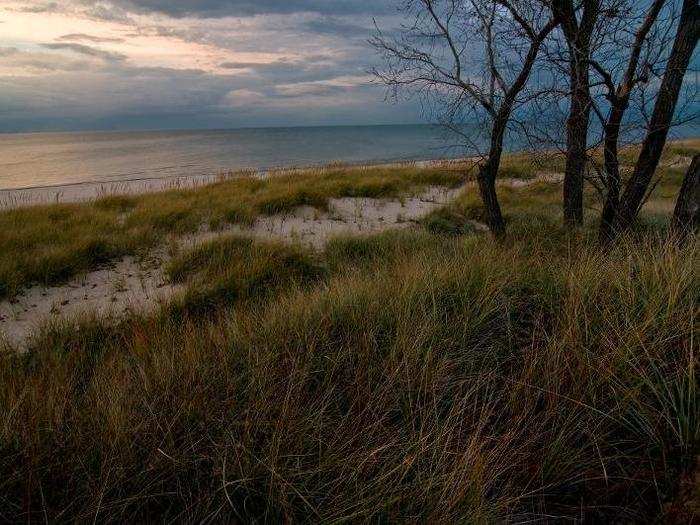
Spanning 15 miles of the southern shore of Lake Michigan, Indiana Dunes National Lakeshore is the protected site where botanist Henry Chandler Cowles conducted incredibly important research on plant life, making him one of America’s most notable early ecologists.
In the late 1890s, Cowles conducted his dissertation work on the plant communities found on the dunes. By comparing the plants on the young dunes closest to the shoreline to the older, more stable dunes further away from the lake, he realized that only the hardiest plants could survive close to the beach. But, when those plants died, the decomposing matter created the favorable conditions needed for other types of plants to live. As a result, on the older dunes, new plants replaced (or succeeded) the previous plants, due to the favorable conditions created by these predecessors. This process is called ecological succession.
The idea, Watkins said, had been around in the literature at the time but there had been no convincing evidence for the theory. “Cowles’ data and observations from those dunes provided the first compelling evidence for plant community ecological succession,” he added. “And succession became very quickly an important organizing principle in ecology. It radicalized and provided a model for people to understand why the natural world is structured the way it is and why places differ from each other over time.”
Yosemite National Park and other California parks
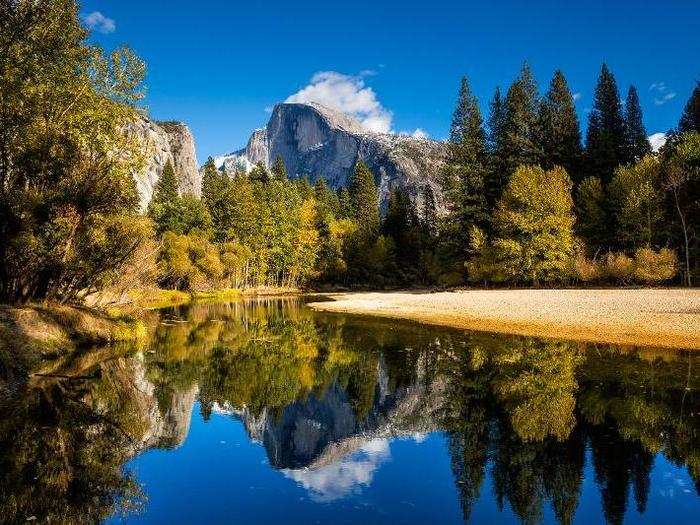
Several of California’s national parks, including Yosemite National Park, have played an important roles in science and continue to do so today due to the work of Joseph Grinnell, a zoologist and the first director of the Museum for Vertebrate Zoology of California at Berkeley.
In the 1930s, Grinnell set out with his colleagues and graduate students to find, identify, and study the distribution of vertebrate animals across the state and collected climate data at each site. “He kept copious notes on exactly where these animals were found,” Watkins said. “There are shelves and shelves and shelves of his notebooks and there are huge collections of the specimens that he collected.”
It was Grinnell’s work that showed the association between local climate and species distribution, and it was this that led him to develop the idea of an ecological niche — an important organizing principle in ecology.
But his work has become even more important today, as a result of the Grinnell Resurvey Project, which is being conducted by Berkeley biologists today. Because of the data Grinnell collected, biologists in the field are going back to the same sites and are finding that certain species have shifted their distribution due to climate change, essentially moving to higher elevations.
“Early 20th century work being repeated today in the 21st century is proving to be very important for us to try and understand how organisms are responding to climate change,” Watkins said. “And a lot of that work is being done in national parks like Yosemite, Sequoia, Kings Canyon and deserts like Death Valley too.”
Incredibly important work continues in national parks every day
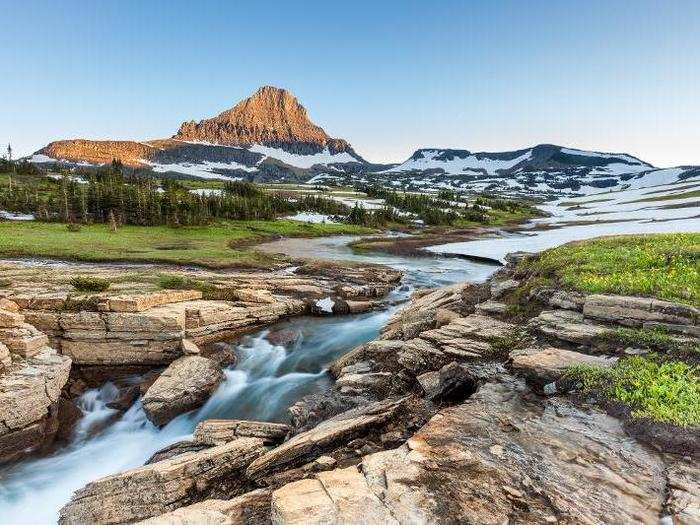
From glaciologists studying the shrinking glaciers in Glacier National Park in Montana, to ecologists studying the resiliency of coastal ecosystems in Fire Island National Seashore to extreme storms, important scientific work continues every day at NPS sites across the country.
“We are increasingly drawing attention to the scientific value of parks because a lot of our very important questions nowadays — especially relating to climate change, land use change, the pressure of development, or changing biodiversity — can and need to be answered with parks,” Watkins said.
“Young scientists, graduate students and others are out in National Parks now,” he added, “and there’s no reason to believe that one of them won’t ultimately win a Nobel Prize for work that is done in National Parks today.”
Popular Right Now
Popular Keywords
Advertisement